EEG Error Related Potential signal using an atari-based maze game - BCI ErrP Dataset
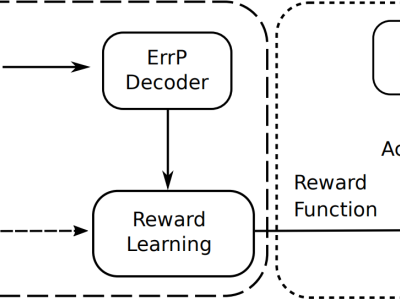
- Citation Author(s):
- Submitted by:
- Ekansh Gupta
- Last updated:
- DOI:
- 10.21227/7rwy-9q83
- Data Format:
- Research Article Link:
 179 views
179 views
- Categories:
- Keywords:
Abstract
This dataset contains EEG error-related potential signals elicited by humans while observing an AI agent play an atari-based maze game.
We designed and developed an experimental protocol, where a machine agent plays a computer game, while a human silently observes (and assesses) the actions taken by the machine agent. These implicit human reactions are captured by placing raw electrodes on the scalp of the human brain in the form of EEG potentials. The electrode cap (BIOPAC CAP-100C) was attached with the OpenBCI Cyton platform, which was further connected to a desktop machine over the wireless channel.
We used OpenViBE software to record the human EEG data. We recruited a total of 12 human subjects (mean age 26.8 with standard deviation of 1.92, 4 female) using standard procedures with their consent. For each subject-game pair, the experimental duration was less than 15 minutes. The agent took action every 1.5 seconds during the experiment and made an incorrect move with the probability of 0.2. The implicit brain response from the subjects was then used to accelerate the learning rate of a reinforcement learning agent [1]. For a more detailed description of the study and the results, please refer to [1]
Game description: Maze is a 2-D navigational game, where the agent has to reach a fixed target (shown with a plus symbol). The screen is divided into 10x10 square blocks. The action space consists of four directional movements. The only reward here is the result of the episode, i.e., win or lose. If an agent moves, but hits a wall, a quick blinking of the agent is displayed, to render the action taken by the agent.
References:
[1] Xu, Duo, Mohit Agarwal, Ekansh Gupta, Faramarz Fekri, and Raghupathy Sivakumar. "Accelerating Reinforcement Learning using EEG-based implicit human feedback." Neurocomputing 460 (2021): 139-153.
Acknowledgments:
This work was supported in part by the National Science Foundation under grants CPS-1837369 and the Wayne J. Holman Endowed Chair.
Instructions:
The dataset contains multiple folders with 12 subjects' data. Each folder is named in the following manner: Sxx-yyyy where xx denotes the subject number and yyyy denotes the month and date (MMDD) of the experiment done on that subject.
Inside each folder, there are multiple csv files. For each experimental trial, there are 3 associated csv files, namely metadata (with a suffix "metadata"), label (with a suffix "labels"), and the signal csv file (with no suffix). The metadata file provides information about the nature of the game, the electrodes, and the probability of error, etc. The labels file provides the coordinates of the AI agent (X is rows (vertical direction) and Y is columns (horizontal direction)) as well as the direction the agent moves in a given time instant (1 = right movement, 2 = left movement, 3 = down movement, 4 = up movement, 0 = no movement). The label column in this file signifies 0 (for erroneous move) and 1 (for a correct move). Lastly, the signal file contains the raw EEG time series corresponding to each trial with time as one column and all the other electrodes as other columns apart from some other columns for other feedback. The script to decode and store the data in a python dictionary data structure is provided in the dataset files (script.zip).
To decode the individual signals from the dataset, unzip the script files and put them in the project directory. Create a directory named "train" and unzip the dataset files and put them in the "train" directory. The directory inside the "train" directory should be "Errp1.5". Then simply run the script.py script and it will load the dataset into a python dictionary called data_dict.


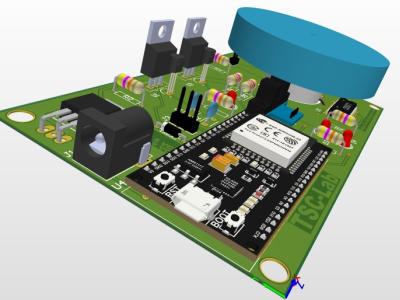

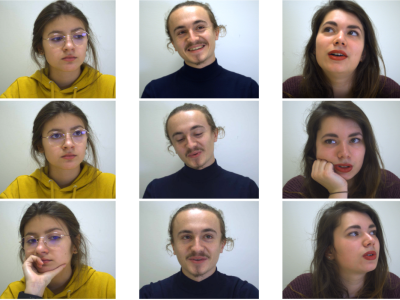
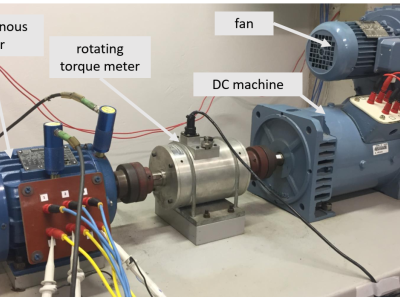
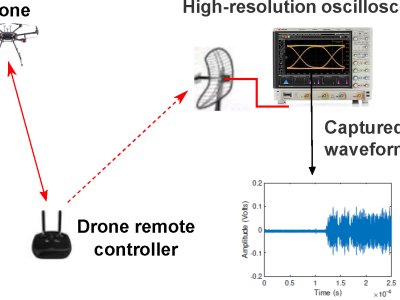
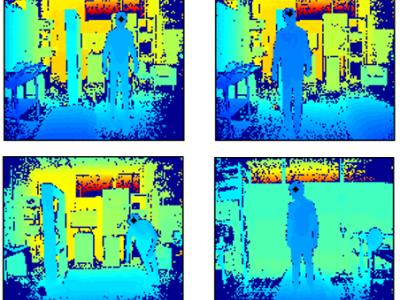

.